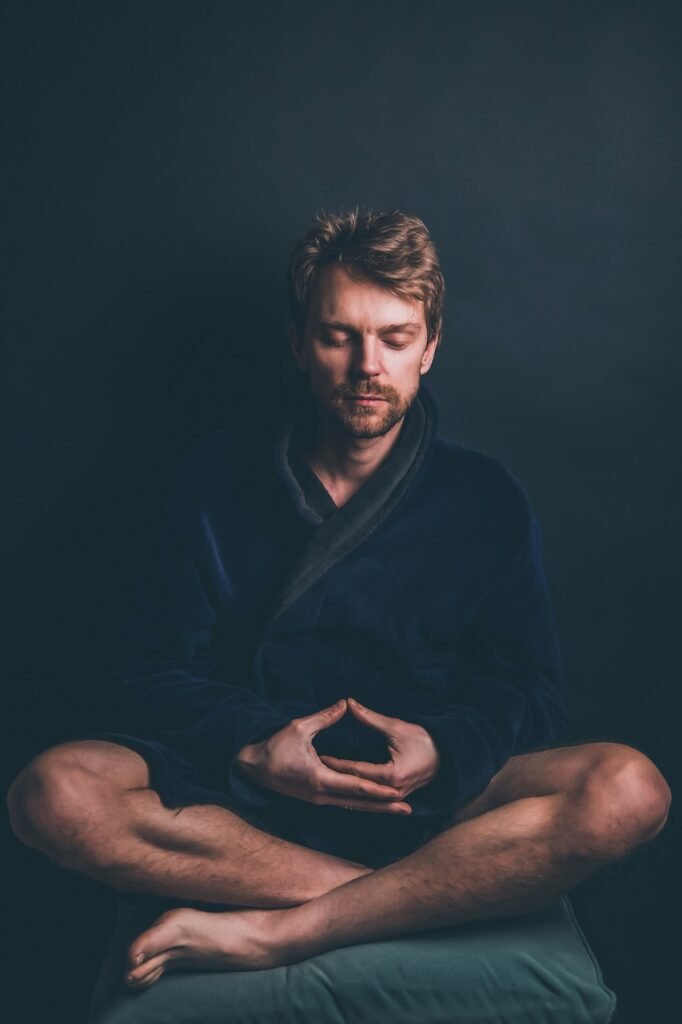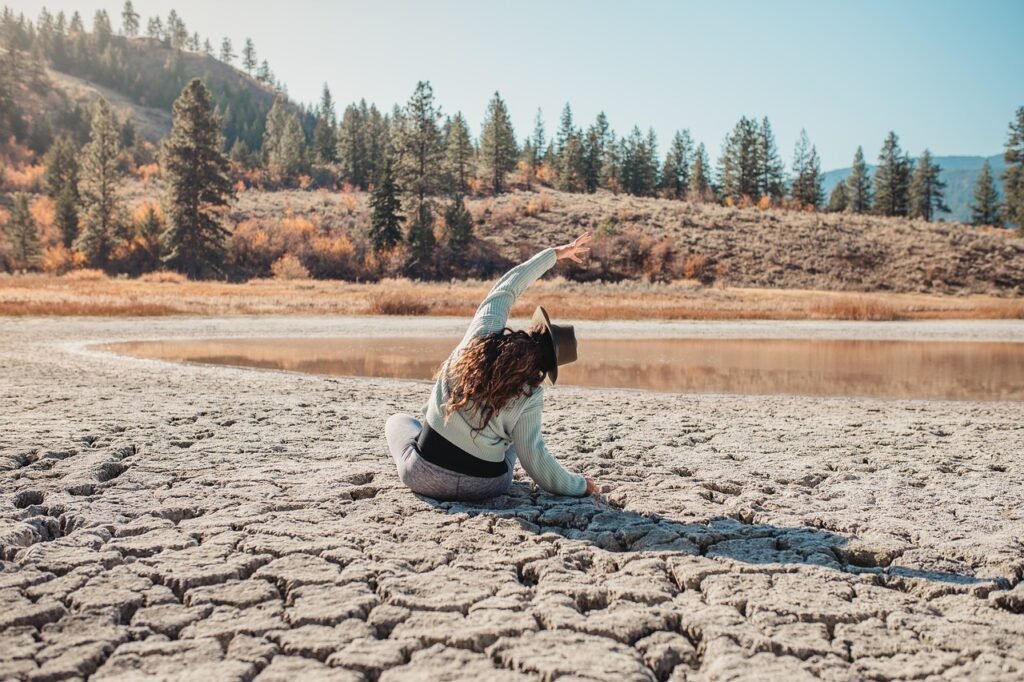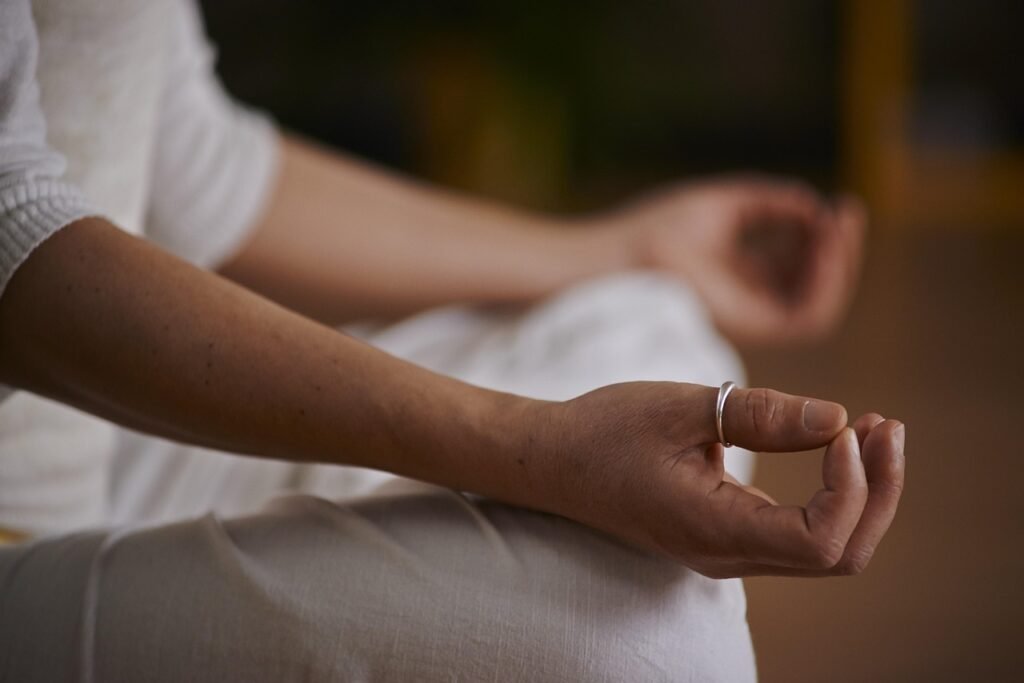What if the secret to being fully present lies just beyond the cold? Imagine stepping into a world that invigorates your senses and heightens your awareness. This isn’t some new-age philosophy or trendy magic pill; it’s a practice that’s as ancient as it is refreshing—cold plunges.

Understanding Cold Plunges
Cold plunges are exactly what they sound like: immersing yourself in cold water. But, it’s not merely about the shock of ice-cold temperatures; it’s about how that moment can heighten your awareness and foster mindfulness.
The Science Behind Cold Exposure
When you plunge into cold water, your body reacts in profound ways. This physiological response triggers a surge of hormones, increases circulation, and activates your nervous system. This is not just about feeling cold; it’s about feeling alive and aware. You become hyper-aware of your body and surroundings, which essentially demands your presence in the moment.
Historical Perspectives on Cold Water Therapy
Many cultures have long practiced cold exposure, whether in icy rivers or through ice baths. The Romans used cold baths as a rigorous part of their health regimen. In some traditions, particularly in Scandinavian countries, the sauna-cold plunge ritual is a sacred practice that emphasizes both physical and mental resilience.
The Connection Between Cold Plunges and Mindfulness
So, where does mindfulness come into play here? Mindfulness is the practice of maintaining a moment-by-moment awareness of our thoughts, feelings, bodily sensations, and surrounding environment. Cold plunges can be your gateway to such awareness.
Heightening Sensory Awareness
When you’re submerged in icy water, your body undergoes a sensory overload. The cold bites at your skin, your breath quickens, and your heart races. It’s in those overwhelming sensations that you’re forced to focus entirely on your experience. You can’t help but notice the taste of the air or the way your muscles react. Suddenly, everything else—the past worries and future anxieties—fades away.
The Breathing Connection
Cold exposure prompts deeper, more intentional breathing. Your lungs work harder as you cope with the initial shock. This is where mindfulness flourishes. You’re not just breathing—you’re paying attention to each inhale and exhale. This shift in focus can amplify clarity and presence of mind.
Reframing Discomfort
Life inevitably hands us discomfort, from everyday stress to deep-seated personal issues. Cold plunges compel you to confront discomfort in a controlled environment. By reframing discomfort as something manageable, you equip yourself with tools that can spill over into other areas of your life. You learn that it’s okay to be uncomfortable, and you strengthen your resilience.
The Practicalities of Practicing Cold Plunges
You might be wondering how to get started with cold plunges. Fortunately, practicing this method is more accessible than you think.
Finding Your Cold Water Source
You don’t need an ice bath or a fancy sauna to start. Simply locate a natural body of water, such as a lake or river, or you can prepare a cold bath at home. Here are a few options for cold-water sources:
| Option | Description |
|---|---|
| Natural Lakes/Rivers | Ideal for natural immersion, especially in warmer months |
| Ice Baths | Requires preparation, but can be very effective |
| Cold Showers | A more accessible and less intimidating option |
| Freeze Packs | For a quick spot treatment on specific areas of the body |
How to Safely Start Cold Plunges
If you’re new to cold plunges, safety should be your priority. Here’s a basic guideline to ease you into the experience:
- Start Small: Begin with cold showers before transitioning to complete immersions.
- Limit Time: Initially, limit your time in cold water to 1-3 minutes, gradually increasing as you become more comfortable.
- Know Your Body: Always listen to your body. If you feel overwhelmed, it’s okay to exit the water.
- Seek Support: Consider doing this with a friend or in a supervised environment, especially when beginning.
Techniques for Cold Plunges
Implementing certain techniques can help you maximize the benefits of cold plunges. Here are a few strategies to consider:
-
Breathing Exercises: Before plunging, take a moment to practice deep breathing. This helps to center you and prepares your body for the cold shock.
-
Mindfulness Meditation: Try a quick mindfulness meditation to ground yourself before entering the water, focusing on your intention for the plunge.
-
Visualize: Envision how you want the experience to feel. Positive visualization can make the plunge more effective and mentally bearable.
The Broader Impact of Cold Plunges on Mindfulness
By integrating cold plunges into your routine, you start to notice changes beyond that initial burst of awareness.
Impact on Daily Life
You may find that the clarity and sense of presence you cultivate in the cold water spills over into your everyday experiences. Suddenly, routine tasks feel less mundane, and you begin to appreciate the minute details of life.
Building Resilience
Practicing presence in cold water serves as a microcosm for life challenges. The emotional and psychological resilience you develop through this practice can prepare you for various situations, whether it’s a work deadline or personal conflict.
Seeking Balance
Cold plunges also teach you the importance of balance. Yin and yang. Hot and cold. Rest and action. It’s vital to appreciate not just the extreme experiences of life, but also the calm moments between them.

Mindfulness Beyond Cold Plunges
While cold plunges are a fantastic entry point into practicing presence, you don’t have to limit your mindfulness practices to the water. There are plenty of ways to cultivate awareness and focus in everyday life.
Incorporating Mindfulness in Daily Activities
Consider how you can bring mindfulness into simple moments. Whether it’s sipping your morning coffee, walking your dog, or waiting in line, turning your attention to these small details can amplify your present living.
| Activity | Mindful Approach |
|---|---|
| Eating | Focus on flavors, textures, and the act of chewing |
| Walking | Pay attention to your steps, the ground beneath your feet |
| Breathing | Take a moment to check in with your breath regularly |
| Talking | Listen fully when engaging in conversation |
Mindfulness Meditations
There’s a myriad of mindfulness exercises out there, each offering something unique. You can try:
-
Body Scan: A practice where you mentally scan your body for tension, acknowledging each part without trying to change it.
-
Loving-Kindness: A heart-centered practice focusing on sending love to yourself and others, which creates compassion and connection.
-
Breath Awareness: Simply observing your breath, bringing your mind back gently if it wanders—this helps build concentration.
Building a Mindful Community
Mindfulness is often more enjoyable when you share it with others. Consider joining a local group or online forum that focuses on mindfulness and cold exposure.
Resources for Mindfulness Communities
| Resource | Description |
|---|---|
| Local Yoga Studios | Many offer mindfulness workshops alongside yoga |
| Online Forums | Platforms like Reddit and Facebook host like-minded individuals |
| Retreats | Special programs often incorporate cold plunges and other practices |
Social Accountability
Having a community to support your journey can keep you accountable. Sharing experiences enriches the process and often leads to deeper insights.

The Future of Your Mindful Journey
The transformation that begins with something as simple as a cold plunge can echo through many aspects of your life. Continuing to integrate mindfulness can set a strong foundation for mental well-being and resilience, no matter where you go from there.
Keeping the Practice Alive
As you continue on your mindful journey, remember to keep things fresh and engaging. Experiment with different mindfulness practices, revisit cold plunges when needed, or shift your focus to other elements in your life.
Reflecting on Your Progress
Regularly take time to reflect on how your practice has impacted your life. Consider journaling about your feelings—where did you find awareness today? What dreams float through your mind as you engage with your experiences?
Integrating Technology
If you’re feeling tech-savvy, apps designed for mindfulness can serve as modern-day companions that help track your progress, remind you to practice, and provide guided sessions.
Final Thoughts
Practicing presence is an ongoing journey rather than a destination. Cold plunges are just one method to enhance awareness, resilience, and vitality. Embrace every moment, whether you’re standing in icy water or sitting in quiet reflection. You have the power to transform even ordinary experiences into extraordinary moments by inviting mindfulness into your life.
As you take the plunge—both literally and figuratively—let it be a reminder that you’re crafting a deeper connection to yourself and the world around you. Each cold plunge can help you grow, not just in physical resilience but in mental clarity and emotional strength. So why not step into that icy embrace today? You might just discover something profound waiting for you on the other side.


